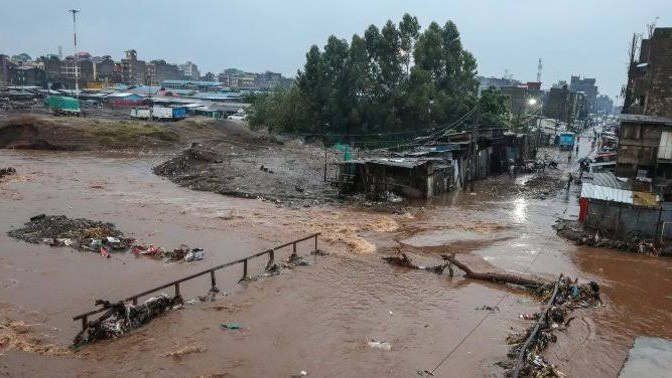+254 745 123057

At Opal Life Initiative, we recognize that disasters—whether natural or human-made—disproportionately affect the most vulnerable communities, disrupting lives, destroying livelihoods, and deepening inequalities. While we cannot always prevent disasters, we can certainly mitigate their impact through preparation, timely response, and inclusive recovery. Our Disaster Preparedness and Relief program is designed to empower communities to anticipate, withstand, and recover from crises with strength, dignity, and hope. Our Approach: Prepare, Respond, Recover, and Strengthen We work alongside communities—especially those most at risk—to build resilience before disaster strikes and provide compassionate, effective support during and after emergencies. 1. Community-Led Disaster Preparedness Resilience starts with readiness. We focus on: · Risk Assessment and Mapping: Partnering with communities to identify local hazards—floods, droughts, landslides, fires—and map vulnerable areas and populations. · Early Warning Systems: Helping establish low-tech and technology-enabled alert systems to ensure timely information reaches everyone, including persons with disabilities, older adults, and those in remote areas. · Preparedness Training and Drills: Conducting first aid, search-and-rescue, and evacuation training; organizing simulation exercises in schools, neighborhoods, and workplaces; and forming community emergency response teams. · Local Resource Mobilization: Supporting communities in pre-positioning emergency supplies (e.g., clean water, food, medicine, tools) and creating community disaster funds. 2. Inclusive and Rapid Emergency Response When disaster strikes, we act quickly—and leave no one behind. Our response includes: · Needs Assessments: Working with local leaders and groups to rapidly identify priority needs—especially of women, children, older adults, persons with disabilities, and marginalized communities. · Life-Saving Assistance: Providing immediate access to clean water, sanitation, food, temporary shelter, medical care, and protective supplies. · Psychosocial Support: Offering counseling, safe spaces, and community-based support to help survivors cope with trauma, loss, and uncertainty. · Communication and Coordination: Partnering with government agencies, NGOs, and community organizations to avoid duplication, close gaps, and ensure efficient use of resources. 3. Recovery and Rehabilitation We stay long after the cameras leave. Our recovery work aims to: · Restore Basic Services: Support the rehabilitation of water sources, health facilities, schools, and roads. · Rebuild Livelihoods: Help farmers, small business owners, and informal workers recover through cash-for-work programs, seeds and tool kits, small business grants, and skills training. · “Build Back Better”: Use recovery as an opportunity to improve infrastructure, introduce disaster-resistant construction techniques, and strengthen local economies against future shocks. 4. Advocacy and Policy Engagement Sustainable disaster management requires systemic change. We: · Advocate for Inclusive Policies: Push for disaster management policies and plans that prioritize the needs of the most vulnerable—including women, children, persons with disabilities, and informal settlers. · Promote Climate Resilience: Highlight the links between climate change and disaster risk and advocate for community-based adaptation measures. · Share Lessons and Best Practices: Document and disseminate local experiences and innovations in disaster preparedness and response to inform wider practice and policy. 5. Cross-Cutting Priorities All our disaster-related work is guided by: · Local Leadership: Communities are not victims—they are first responders and lasting agents of change. We respect and reinforce their capacities, knowledge, and decision-making. · Protection and Inclusion: We proactively identify and support at-risk groups, ensuring our assistance is safe, accessible, and equitable. · Environmental Responsibility: Our responses minimize waste, promote sustainable resource use, and avoid causing harm to local ecosystems. Join Us in Building Resilient Communities Disasters are inevitable—but suffering is not. Together, we can reduce risks, save lives, and support recovery. · Volunteer: Offer your skills in health care, engineering, communication, training, or logistics. · Donate: Help us pre-position supplies, deploy response teams, or support livelihood recovery. · Partner: If you represent a company, agency, or organization, collaborate with us on preparedness or response initiatives. · Advocate: Join us in calling for greater investment in disaster risk reduction and climate adaptation. At Opal Life Initiative, we stand with communities before, during, and long after disaster strikes—because resilience is not just about surviving, but thriving.